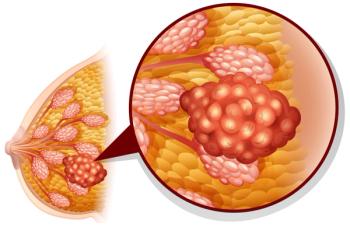
Oncology NEWS International
- Oncology NEWS International Vol 4 No 12
- Volume 4
- Issue 12
NCI Study Shows' Weekly Reader' Conveyed Tobacco Industry Message
WASHINGTON--A study funded by a $600,000 grant from the National Cancer Institute shows that for a 5-year period the Weekly Reader, a newspaper aimed at schoolchildren, may have had a pro-smoking stance. Since 1991, the weekly has been owned by K-III Holdings, a subsidiary of Kohlberg Kravis Roberts & Co., which until last spring was majority owner of RJR Nabisco, the second largest US tobacco company.
WASHINGTON--A study funded by a $600,000 grant from the NationalCancer Institute shows that for a 5-year period the WeeklyReader, a newspaper aimed at schoolchildren, may have hada pro-smoking stance. Since 1991, the weekly has been owned byK-III Holdings, a subsidiary of Kohlberg Kravis Roberts &Co., which until last spring was majority owner of RJR Nabisco,the second largest US tobacco company.
During the period of study, from 1989 to 1994, 68% of the WeeklyReader's articles on smoking included the tobacco industry'sviews, while only 38% included an antismoking message, the Universityof California, San Francisco, researchers found. In addition,Joe Camel, RJR's cartoon mascot, made an appearance in eight of34 articles studied.
Articles in this issue
about 30 years ago
Confusion Abounds Over Breast Cancer Risk Factorsabout 30 years ago
Mislocation of BRCA1 Gene Linked to Nonfamilial Breast Cancerabout 30 years ago
Regular Aspirin Use May Lower Breast Cancer Riskabout 30 years ago
Study Probes How Aspirin Decreases Prostaglandin Levelsabout 30 years ago
Scholarships Offered For Palliative Careabout 30 years ago
Rhône-Poulenc Rorer Acquires Applied Immune Sciencesabout 30 years ago
National Breast Cancer Month Spotlights Awareness Effortsabout 30 years ago
Long-term Aspirin Use Reduces Colon Cancer Risk, Study Showsabout 30 years ago
Panel Recommends FDA Approval of First Protease Inhibitorabout 30 years ago
FDA Improves Drug Approval TimesNewsletter
Stay up to date on recent advances in the multidisciplinary approach to cancer.




